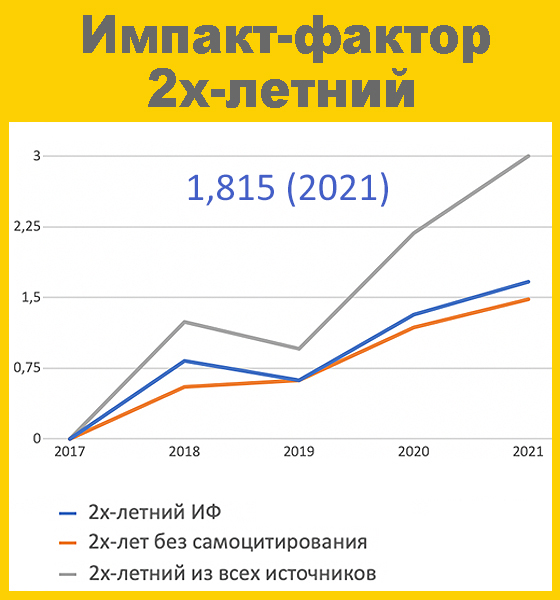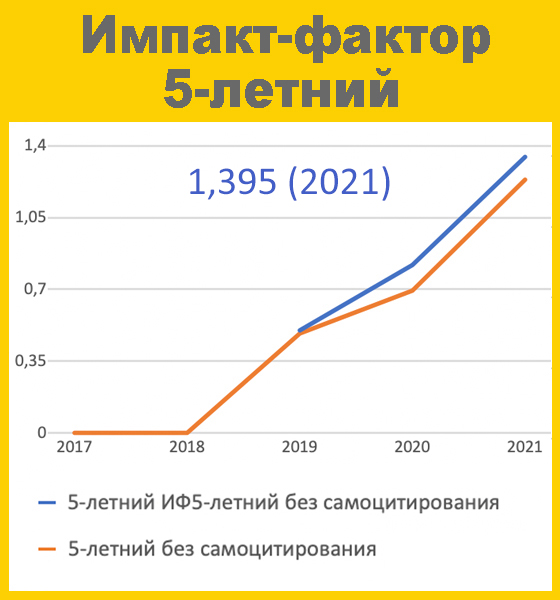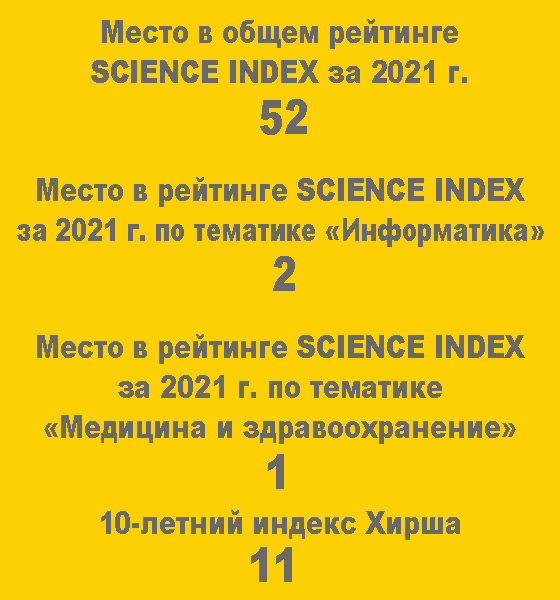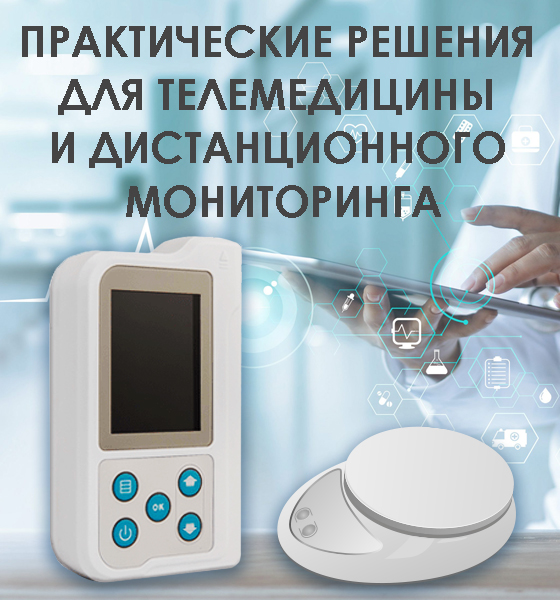New approaches to diagnostic information systems in radiology DOI: 10.29188/2712-9217-2023-9-1-7-20
Bazhanov A.G., Soloviev A.V., Chernov A.O., Ushakov V.E., Shapiev A.N., Sokolova E.V., Gombolevsky V.A., Drobakha V.E., Nikolaev A.E. New approaches to diagnostic information systems in radiology. Russian Journal of Telemedicine and E-Health 2023;9(1):7-20; https://doi.org/10.29188/2712-9217-2023-9-1-7-20
- Bazhanov A.G. – Deputy Head of the Information Computing Center, IT Department, Teleradiology and Information Systems LLC, https://orcid.org/0000-0002-6422-966X; Vladimir, Russia
- Soloviev A.V. – radiologist, radiology department, Morozov Children's City Clinical Hospital of the Moscow City Health Department, https://orcid.org/0000-0003-4485-2638; Moscow, Russia
- Chernov A.O. – employee of the IT department, Teleradiology and Information Systems LLC, https://orcid.org/0000-0001-5576-9771; Vladimir, Russia
- Ushakov V.E. – employee of the IT department, Teleradiology and Information Systems LLC, https://orcid.org/0000-0003-4029-8115; Vladimir, Russia
- Shapiev A.N. – researcher, department of further vocational education, Morozov Children's City Clinical Hospital of the Moscow City Health Department, https://orcid.org/0000-0002-1890-6711; Moscow, Russia
- Sokolova E.V. – employee of Sber LLC, Artificial Intelligence Laboratory, https://orcid.org/0000-0002-9985-1328, Moscow, Russia
- Gombolevsky V.A. – an employee of the ANO Institute of Artificial Intelligence, https://orcid.org/0000-0003-1816-1315; Moscow, Russia
- Drobakha V.E. – radiologist, candidate of medical sciences, researcher of FSBEI HE “PSMU named after ak. E.A. Wagner” of the Russian Ministry of Health, https://orcid.org/0000-0001-8523-2692; Perm, Russia
- Nikolaev A.E. – employee of the IT department, Teleradiology and Information Systems LLC, https://orcid.org/0000-0001-5151-4579; Vladimir, Russia
 1550
1550 The first electronic information systems to help compile radiological reports appeared in the mid-1960s and were introduced primarily in radiology departments of healthcare.
Due to the development and achievements in the field of information technology in radiology, a system of archiving and transmission of images (Picture Archiving and Communication System (PACS)) was introduced, this helped to reduce the stages of work processes in the routine practice of a radiologist in comparison with the use of classical systems based on films and paper.
Also, the use of PACS has led to an increase in the effective work of the radiation diagnostics department by speeding up the acquisition of images for diagnosticians and clinicians, reducing the costs of the department, speeding up the writing of research protocols, increasing the number of studies to conduct and describe.
The use of modern information systems has a number of advantages, storing a large amount of data, combining and storing disparate information systems of a medical organization, obtaining full access to the electronic medical record of the patient, which in turn accelerates work processes and effective interaction of hospital staff.
Thus, dependence on these information systems by radiation diagnosticians and doctors of other specializations can affect the diagnosis and improvement of the quality of patient care.
This review contains up-to-date information about the work of information systems in radiology departments.
| Attachment | Size |
|---|---|
| Download | 8.5 MB |


















































